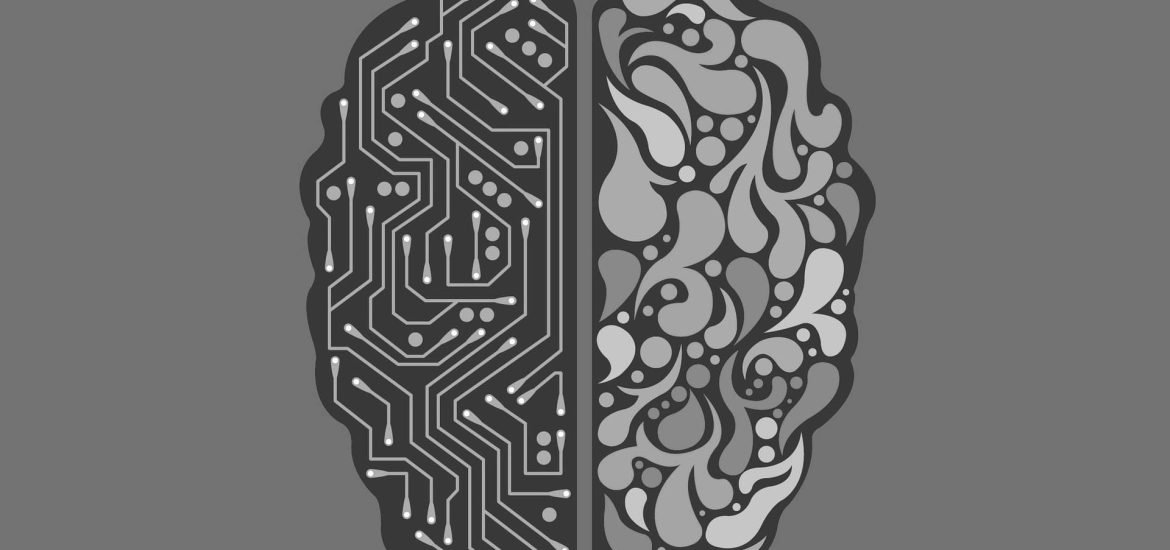
By harnessing the power of a perceptual movement illusion, researchers report that amputees with prosthetic hands can improve their motor performance and regain a sense of control through neural-machine interface.
A research article published Wednesday in Science Translational Medicine offers new hope for those who struggle with upper-limb prosthetics despite increasing advancements in prosthetic technology.
In studying amputees with prosthetic hands, a research team led by Paul Marasco at the Cleveland Clinic’s Laboratory for Bionic Integration has shown that it is not just what goes into these devices that determines their effectiveness, but what comes out of them. More specifically, successful movement control depends on physical feedback, something most prosthetic devices do not provide.
Even simple limb movements require more than just a signal from the brain to the muscle in order for successful execution. During voluntary movement, the brain generates an internal model of the movement pattern before the action is carried out. As the movement is executed, the brain compares this internal model with actual feedback from motion receptors in muscles and joints. This sensory feedback is called kinesthesia, and it is crucial for making adjustments and correcting for errors in motor control. Furthermore, kinesthetic feedback seems to be necessary for a sense of agency, or personal control, over one’s actions. Without such feedback, amputees using prosthetic devices report feeling a lack of control over their movements, and low satisfaction with their motor performance, even when amputees are watching their prosthetic limb move in real time.
Marasco and his colleagues sought to restore a sense of kinesthesia in amputees with prosthetic hands by the use of a “vibration-induced perceptual movement illusion”, a phenomenon in which mechanical vibrations of a muscle result in the sense that one’s joints are moving when in reality they are not. This effect has been repeatedly demonstrated through what is called the “Pinocchio illusion”, where if vibrations are applied to your bicep while you pinch your nose, you get the sense that your arm is moving, and your nose is elongating with it.
Previous studies have demonstrated that vibrations applied to muscle tendons of the limbs at a rate of 70 to 115 Hz result in perceptual movement illusions, even while there is no change in joint position. The research team headed by Marasco at the Cleveland Clinic harnessed this discovery in programming a two-way, neural-machine interface designed to control the movements of a prosthetic hand, while at the same time delivering vibrations to the muscles of the arm as a form of kinesthetic feedback.
Researchers at the clinic tested this bidirectional interface on three amputees who had undergone “targeted nerve reinnervation”, a surgical procedure by which nerves from the hand (those associated with flexion and extension of the fingers) are redirected and attached to the muscles of the arm during amputation. During the study, amputees wore a prosthetic hand that was programmed to produce gripping movements while the subjects’ corresponding arm muscles were stimulated with 90-Hz vibrations.
This feedback mechanism successfully instilled in all three subjects a sense of kinesthesia and an illusion of movement in their missing hand, a perceptual movement illusion. Blindfolded during testing, subjects were able to mimic, with their other hand, the gripping movement they sensed through vibrations from their prosthetic device. Motor control improved within minutes, and once vision was restored, subjects reported a renewed sense of agency over their prosthetic hand, even though movement of the prosthetic device was programmed and controlled by a computer.
“These illusions override reality,” Marasco told STAT News, “and they’re really powerful.”
Marasco and his team are confident that their neural-machine interface can successfully be implemented within the constraints of a clinical setting, and claim that, in combination with existing prosthetic technologies, a kinesthetic feedback system “opens a pathway to seamless integration of minds and machines.”